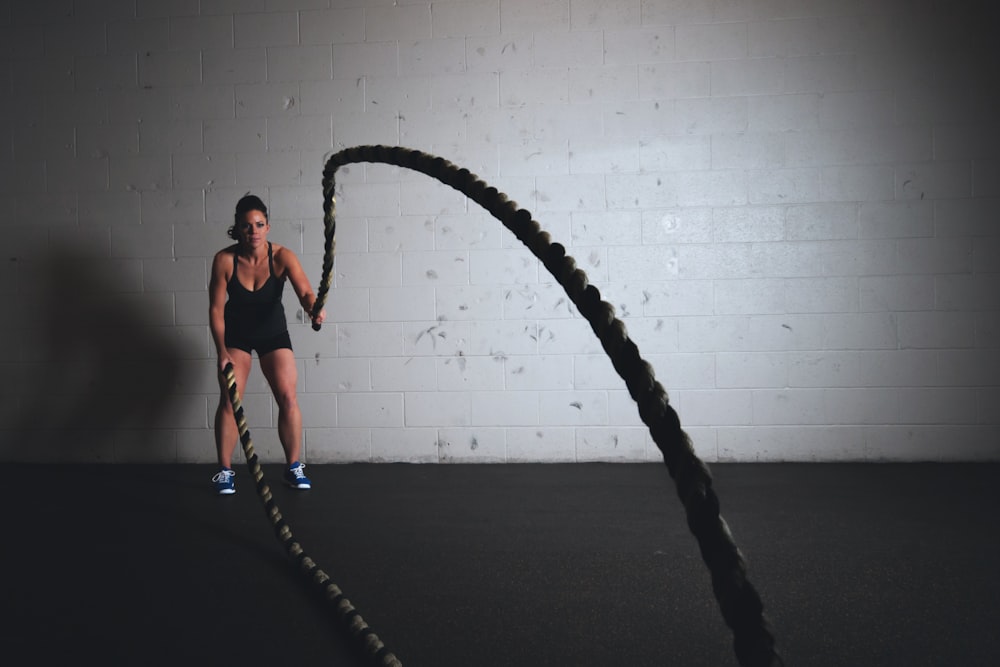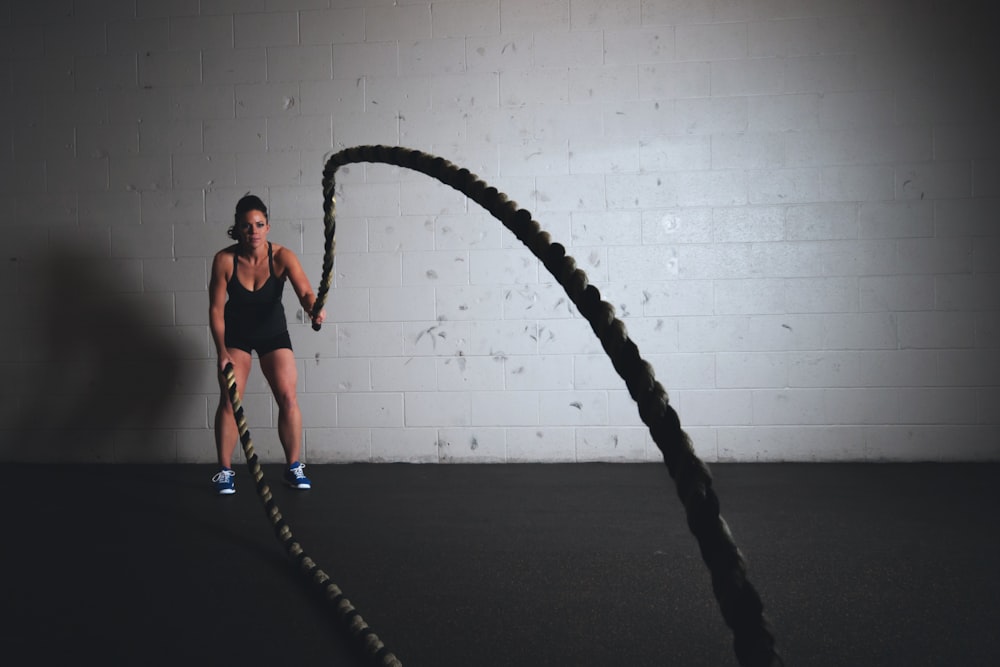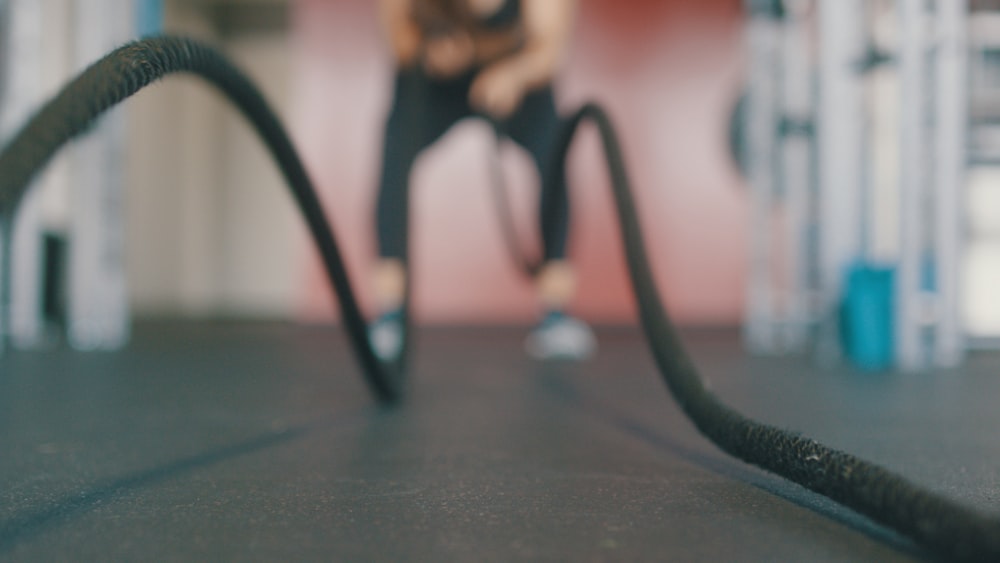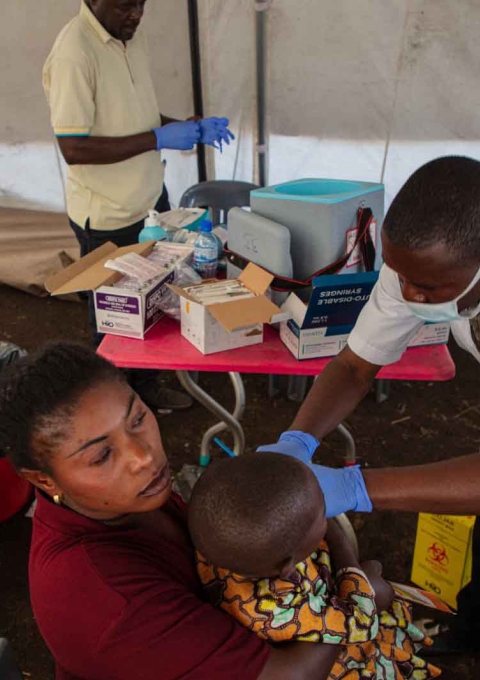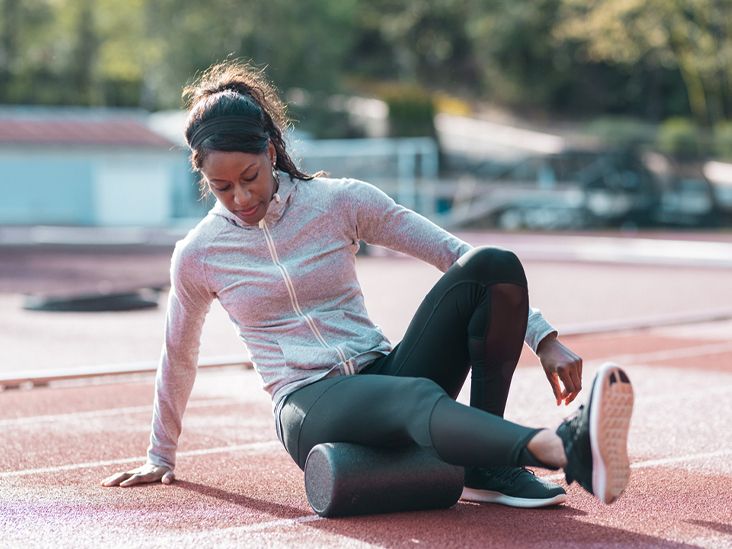
Revitalizing Strategies: Sports Recovery for Optimal Health
Recovery is a critical component of athletic training, influencing performance, preventing injuries, and promoting overall well-being. Explore effective sports recovery techniques that athletes can incorporate into their routines for optimal health.
Understanding the Importance of Sports Recovery
Sports recovery is more than just rest; it involves deliberate strategies to help the body recuperate from the physical demands of training. Recognizing the significance of recovery in achieving peak performance is the first step for athletes committed to their health and success.
Active Rest and Regeneration
Active rest involves engaging in low-intensity activities during recovery periods. Gentle exercises, such as walking or cycling, stimulate blood flow without placing significant stress on muscles. Incorporating active rest into recovery routines enhances circulation and supports muscle repair.
Hydration for Efficient Recovery
Proper hydration is a cornerstone of effective sports recovery. Hydration aids in nutrient transport, temperature regulation, and the elimination of metabolic byproducts. Athletes should prioritize fluid intake, considering factors like sweat rates, climate, and individual hydration needs.
Nutrient-Rich Post-Workout Nutrition
Post-workout nutrition is crucial for replenishing glycogen stores and supporting muscle repair. Consuming a mix of carbohydrates and proteins, along with essential vitamins and minerals, accelerates recovery. Nutrient-dense foods contribute to efficient recovery after intense training sessions.
Quality Sleep for Restoration
Sleep is a powerful recovery tool. During sleep, the body undergoes various processes that promote physical and mental restoration. Athletes should prioritize quality sleep, aiming for sufficient hours and creating a conducive sleep environment to support overall recovery.
Soft Tissue Maintenance: Massage and Foam Rolling
Soft tissue maintenance techniques, such as massage and foam rolling, alleviate muscle tension and enhance flexibility. Massage aids in reducing muscle soreness and improving circulation, while foam rolling targets myofascial release, promoting pliability and reducing the risk of injuries.
Cryotherapy and Cold Therapy
Cryotherapy involves exposing the body to extremely cold temperatures, promoting vasoconstriction and reducing inflammation. Cold therapy, including ice baths or localized icing, is effective in mitigating muscle soreness and accelerating recovery. These techniques are valuable tools in the athlete’s recovery toolkit.
Stretching and Flexibility Training
Incorporating stretching and flexibility exercises enhances joint mobility and reduces muscle stiffness. Dynamic stretching before workouts and static stretching during the recovery phase contribute to improved flexibility, preventing injuries and promoting overall muscle health.
Mind-Body Techniques: Yoga and Meditation
Mind-body techniques, such as yoga and meditation, foster mental and emotional recovery. These practices help athletes manage stress, improve focus, and promote relaxation. Integrating mindfulness into recovery routines contributes to holistic well-being.
Periodization and Strategic Rest
Periodization involves planning training cycles that include periods of intense workouts followed by strategic rest. These rest phases allow the body to recover and adapt to the stressors of training, preventing burnout and overtraining. Strategic rest is integral to long-term athletic success.
To explore a comprehensive guide on Sports Recovery Health Techniques, visit healthcares.my.id. Implementing these strategies into an athlete’s routine ensures efficient recovery, supports peak performance, and fosters optimal health in the demanding world of sports.
